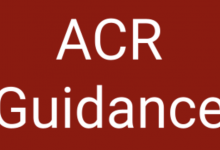Increasing Trends for Prescription Drugs, But Not for Arthritis Drugs Save

JAMA reports the results of trends in drug use in the USA over a 13 year period using data derived 37959 adults survey in the National Health and Nutrition Examination Survey (NHANES). An overall increase in the use of prescription drugs was seen among US adults between 1999-2000 and 2011-2012.
While 51% of US adults took prescription drugs in 1999-2000, this rose to 59% in 2011-2012. Polypharmacy (use of ≥5 prescription drugs) also increased significantly (from 8.2% to 15%) during this same period. These trends remained statistically significant with age adjustment. Among the 18 drug classes, 11 drug classes showed increases, especially with antihyperlipidemic agents, antidepressants, proton-pump inhibitors, and muscle relaxants.
Interestingly, most rheumatologic drugs declined during this period, including Cox-2 inhibitors (1.9 down to 0.6%), other prescription NSAIDs (5.6 to 4.2%), and steroids (2.2 to 1.5%). Use of gout drugs showed a modest increase (0.7 to 1.1%). Biologics and DMARDs were not studied in this analysis.










If you are a health practitioner, you may Login/Register to comment.
Due to the nature of these comment forums, only health practitioners are allowed to comment at this time.